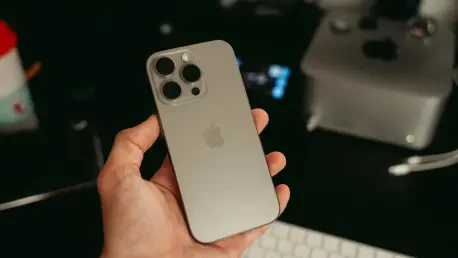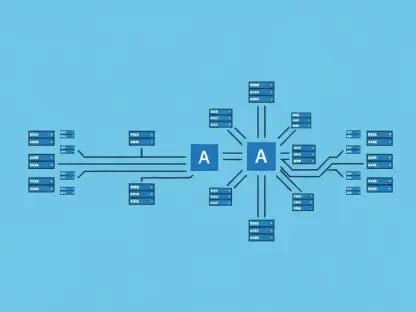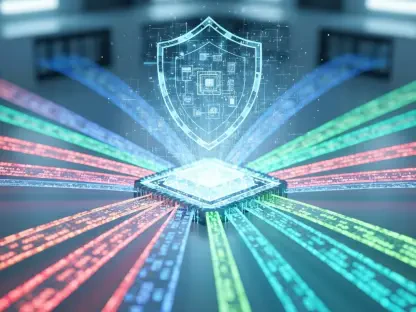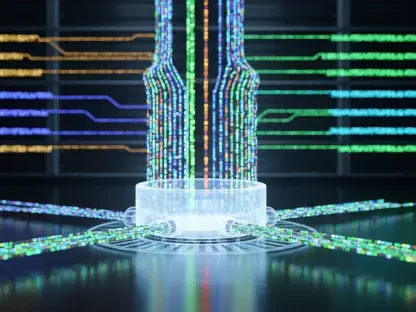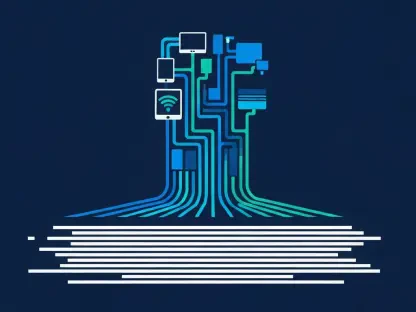In a world where technological advancement is continuous, Apple’s iOS 26 Liquid Glass Design has emerged as a revolutionary aesthetic transformation. Announced during Apple’s annual Worldwide Developers Conference, this innovative design marks the most significant visual upgrade to Apple’s operating systems in over a decade. Liquid Glass introduces a sleek, glass-inspired visual appeal to devices, mimicking the movement and properties of real glass. As Apple ventures into uncharted territories with this design, users are left wondering whether it’s all just eye candy or if it brings substantial functional enhancements as well. Exploring what Liquid Glass truly means for users, it becomes evident that beyond aesthetics, it impacts user interaction in subtle and nuanced ways.
1. Unveiling Liquid Glass
Apple’s unveiling of Liquid Glass has sparked a wave of anticipation, with many eager to experience this new design firsthand. The design’s name itself evokes images of transparency, fluidity, and modern sophistication. At its core, Liquid Glass is an effort to create a more immersive and visually appealing environment across Apple devices. Every element on the screen, from app icons to settings menus, adopts this refined and fluid appearance, giving devices a cohesive look that is both elegant and stylish.
The inspiration behind this design move lies in enhancing the user experience through a tangible representation of interface physics. Liquid Glass aims to create a seamless transition between digital content and the physical interaction of users with their devices. As users swipe, tap, or hold their devices, the interface responds with lifelike fluidity, aligning with Apple’s commitment to offering intuitive and engaging user experiences. While Liquid Glass creates visual delight, it also extends its functionality to influence how users interact with their devices, offering a more intuitive navigation experience.
2. Features beyond the Aesthetics
The introduction of Liquid Glass alongside iOS 26 is not just superficial showmanship; it brings with it a series of functional improvements that enhance productivity and user engagement. The redesign accompanies features like Apple’s AutoMix, a novel music mixing tool that uses AI to seamlessly transition tracks—ideal for music enthusiasts. Another notable enhancement is in the camera application, which has been simplified to minimize clutter and confusion by introducing Library and Collections categories for easier navigation.
Moreover, iOS 26 introduces a revamped messaging and calling interface that includes advanced capabilities such as spam detection, improved call handling, and instant translation services. These additions go beyond mere visual upgrades, offering tangible improvements to everyday tasks. The combination of a reimagined interface with enhanced functionalities highlights Apple’s strategy of integrating design and usability, ensuring users benefit from both ends of the technological spectrum.
3. Device Compatibility and Ecosystem Integration
The rollout of Liquid Glass and iOS 26 doesn’t limit its impact to only the newest devices, as it extends across multiple generations, enabling a wide user base to benefit from these changes. Devices compatible with the operating system include an extensive list ranging from the latest iPhones back to the iPhone 12 series, as well as various iterations of the iPad, such as iPad Pro and iPad Air models. This commitment to inclusivity ensures that many users can experience the advancements that Liquid Glass promises.
Integration across the Apple ecosystem presents a unique opportunity for users to enjoy a consistent experience across all Apple platforms. MacOS Tahoe 26, iPadOS 26, WatchOS 26, and TVOS 26 are all set to receive updates in line with iOS 26, facilitating seamless device interoperability. This coherence allows users to start tasks on one device and effortlessly continue on another. For example, Live Activities syncing between iPhones and Macs enhances continuity, making Apple’s ecosystem more interconnected than ever.
4. Exploring the Reception and Hype
The hype surrounding the introduction of Liquid Glass is tangible, with many analysts speculating on how it may reshape user expectations and competitor strategies. Encouragingly, initial feedback from Apple’s public beta testers has been largely positive, praising both the sleek design and practical improvements. Early adopters have noted how the interface’s responsiveness and design elements contribute to an immersive user experience. This buzz fuels speculation over whether competitors will attempt to mimic or counter Apple’s bold design shift.
However, some skepticism lingers regarding the necessity of such dramatic visual changes. Critics argue that exclusive reliance on design could overshadow potential necessitated functional innovations. Despite these concerns, Apple’s historical emphasis on pushing design boundaries suggests that such changes, while aesthetically pleasing, are intended to drive long-term user engagement and brand loyalty. Only time will reveal the true impact of Liquid Glass as more users transition to iOS 26.
Concluding Thoughts: Future Implications
In an era defined by constant technological innovation, Apple’s introduction of the iOS 26 Liquid Glass Design represents a landmark evolution in device aesthetics. Unveiled at the prestigious Worldwide Developers Conference, this forward-thinking design signifies the most substantial visual overhaul for Apple’s operating systems in over ten years. Inspired by the fluidity and luster of real glass, Liquid Glass invigorates devices with a smooth, transparent visual effect. As Apple forges ahead into new creative realms, users are contemplating whether this design is merely aesthetic or if it offers practical enhancements. Understanding Liquid Glass’s essence reveals it not only as a visual treat but also as a subtle enrichment of user interaction. Beyond its captivating appearance, it subtly reinvents the way users engage with their devices, introducing improved gestures and touch responsiveness without sacrificing functionality. Liquid Glass heralds a new user experience relevant to a world demanding constant evolution and refinement.
